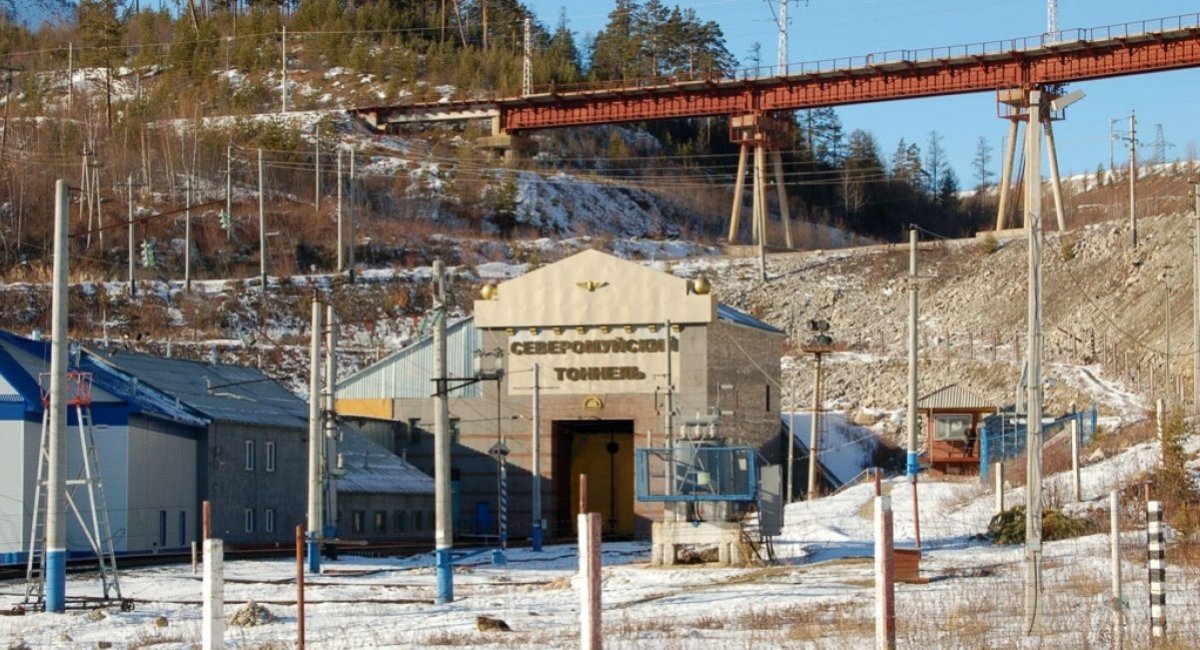Yesterday, Ukrainian media received unofficial confirmations from sources in security forces, that the Ukrainian secret services had sabotaged two essential railway lines deep in russia. Firstly, the Severomuysky tunnel of the Baikal–Amur Mainline, and then the Devil's Bridge, a backup detour.
How effective it was in the context of the ongoing war between russia and Ukraine, is a question yet to debate upon, since all the post-Soviet "1,520 mm gauge railways" have always been underperforming, resulting in various "occasions," and thus the rail workers've had plenty of practice patching up the problematic tracks. The undisputed fact, though, is that Ukraine became the first country in history to land a successful blow beyond the Urals.
Read more: Two Consecutive Explosions On the russian Railway Organized by Ukrainian Special Services Can Significantly Worsen Enemy Military Logistics

Recalling all the wars russia used to wage throughout history, none managed to hit or sabotage the strategic infrastructure beyond the Ural Mountains, a natural-born barrier keeping the rear of russia safe.

As for the unsuccessful ones, there were such plans, for example, the unrealized plot prepared by Nazi Germany during WW2, called Operation Iron Hammer (Unternehmen Eisenhammer). The idea was to launch a large-scale bombing aimed at USSR's power plants, in order to paralyze the Soviet defense industry.
The interesting part about the Eisenhammer operation was the weapon supposed to attack the facilities: the Germans planned to use Mistel, sort of a predecessor of modern long-range suicide drones.
Mistel was a compound of a Ju-88 bomber converted into an uncrewed aircraft with an almost 2-ton warhead, and a Me-109 fighter jet in the role of a carrier or rather aerial vehicle and guide.

Despite the origins of the plans dating back to 1943, the Germans only got to the actual implementation of this plan in 1945. A hundred Mistels were gathered for the strike but they weren't able to take off because the Allies' aviation bombed apart the airfield that was meant to host Mistels for departure.
Going back to the Ukrainian sabotage on the railway mainline, the details of the operation are likely to remain secret for years to come. We should not discard the possibility that current assertions about partisan movements or other powers behind the operation are part of a misinformation campaign — a necessary and final part of the plan that allows Ukrainian secret services to mislead the enemy and prepare for more strategic attacks on the russian federation.
Read more: The Defense Intelligence of Ukraine: Partisans Strike russian Occupiers in Melitopol














